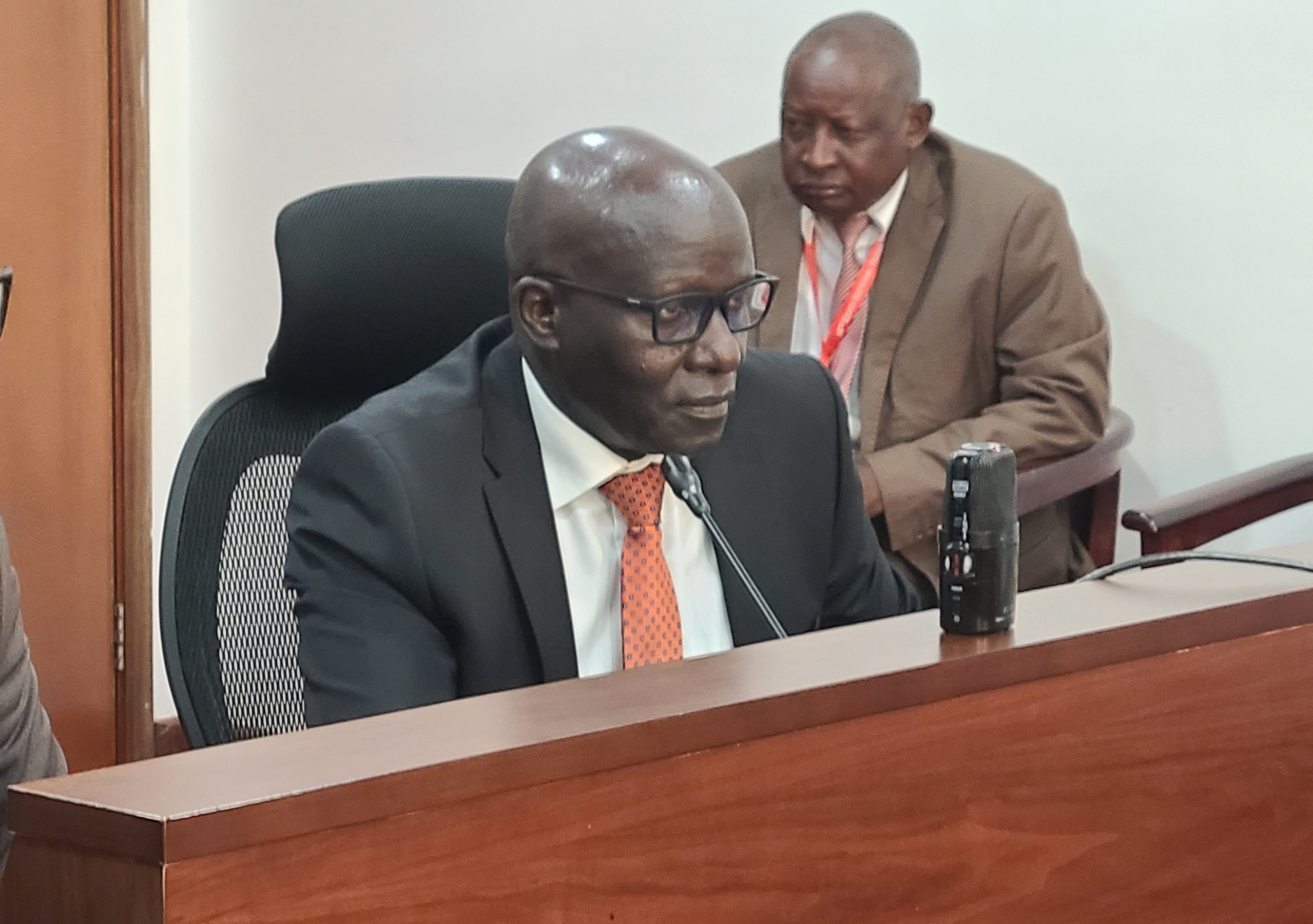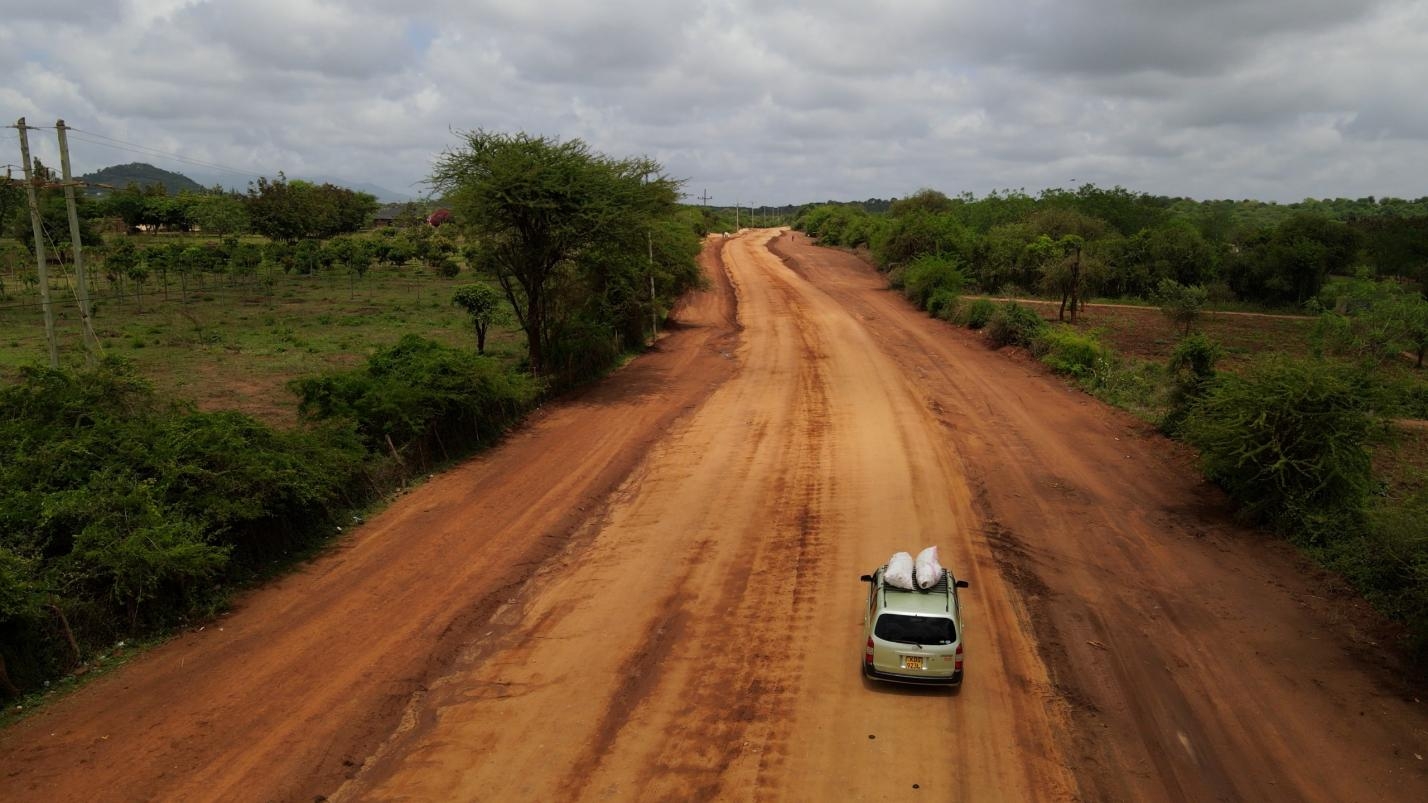Rains are expected to continue pounding parts of the country for the next three months, a new forecast has reported.
The forecast for the next three months indicates that rainfall is expected over the Highlands West of the Rift Valley, the Lake Victoria Basin, Central and South Rift Valley as well as the Coastal region.
The Highlands East of the Rift Valley, including Nairobi county and parts of the Southeastern lowlands (bordering Nairobi and Central regions), are expected to receive rainfall in May.
June and July are expected to be generally cool and cloudy with occasional light rains, Dr David Gikungu, director of the Kenya Met said.
Gikungu said most of the Southeastern lowlands are expected to receive rainfall in May and remain generally dry in June and July.
The Northeastern region is expected to receive rainfall in May and early June and remain generally dry for the remaining part of the forecast period.
The Northwestern region is expected to receive rainfall in May and remain generally dry in June and July. However, areas bordering Uganda and Southern Sudan may experience occasional rainfall throughout the forecast period.
The average temperature is expected to be higher than usual over the whole country during the forecast period,” Gikungu said.
The forecast was released on April 29.
It shows that Siaya, Kisumu, Homa Bay, Migori, Busia, parts of the highlands West of Rift Valley (Bungoma, Kisii, Nyamira, Bomet, Nandi, Kakamega, Vihiga) and parts of South Rift Valley (northern parts of Narok) will get rain during the month.
The expected rainfall amounts are likely to be near to slightly above the May Long Term Mean.
Baringo, Nakuru and Western parts of Laikipia, parts of south Rift Valley (southern parts of Narok) and parts of the Highlands West of Rift Valley (West Pokot, Elgeyo Marakwet, Trans Nzoia and Uasin Gishu) will receive near-average rainfall during the month.
Rainfall is expected mainly during the first half of the month in Turkana and Samburu.
However, areas bordering Uganda and South Sudan may experience rainfall throughout the month.
The expected rainfall amounts are likely to be near the May long-term mean.
Nairobi, Nyandarua, Nyeri, Kirinyaga, Murang'a, Kiambu, Meru, Embu, Tharaka Nithi and eastern parts of Laikipia will receive near-average rainfall during the month.
However, it is likely to decline slightly during the second to the third week of the month and pick up again during the fourth week of May.
Gikungu said rainfall might extend into the first week of June.
Marsabit, Mandera, Wajir, Garissa, and Isiolo will receive occasional rainfall during the month.
However, dry spells are likely, especially during the second to third week, with rainfall expected to pick up again during the fourth week of May and possibly extending into the first week of June.
The expected rainfall amounts are likely to be near the May long-term mean over Isiolo and parts of Marsabit and slightly above average over the rest of the region.
Kajiado, Kitui, Makueni, Machakos, Taita Taveta and parts of Tana River will receive near-average rainfall during the month.
However, a few areas in Taita Taveta (those bordering the Coast) and the southern parts of Kitui are likely to experience slightly enhanced rainfall.
Mombasa, Kilifi, Lamu, Kwale and Parts of Tana River expect to receive rainfall.
The expected rainfall amounts are likely to be near to slightly above the May long-term mean.
However, it is likely to reduce slightly during the second to the third week of the month, then pick up again during the fourth week of May and continue into June.
May marks the peak of the “long rains” season in the Coastal strip.
The Highlands West of Rift Valley, the Lake Victoria Basin, Central and South Rift Valley and the Coastal strip are expected to continue receiving rain in June.
The Highlands East of the Rift Valley, including Nairobi county, are likely to experience cessation of the Long Rains during the fourth week of May to the first week of June.
The Northeastern parts of the country are likely to experience cessation during the fourth week of May to the first week of June.
Gikungu said there are potential impacts of the ongoing rains.
He said the rainfall is likely to be conducive to agricultural production, especially in the high-potential counties of the Highlands West of Rift Valley, the Lake Victoria Basin region as well as Central and Southern Rift.
Rainfall is expected to continue into the June-July-August season. “Farmers in these areas are encouraged to continue liaising with agricultural extension officers to get advice on appropriate land use management and hence maximise their crop yields,” he said.
Gikungu said the near-average rainfall expected over the ASAL areas of Northern and Southeastern lowlands is expected to improve pasture and browsing areas.
However, pastoralists and relevant authorities are advised to conserve pasture as the season comes to an end to ensure their livestock have adequate feed beyond the season.
Gikungu said there is a likelihood of flooding in low-lying areas and flood plains especially over the Lake Victoria Basin, the Highlands West of Rift Valley, the Coastal region and poorly drained urban centres where rainfall is expected.
Relevant authorities are therefore advised to put in place measures to avert possible negative impacts.
County governments are advised to clear drainages in time to avert artificial flooding of the urban areas.
The public is advised not to drive or walk through flooded rivers or moving waters.
Cases of lightning strikes are likely over the Lake Victoria Basin and Highlands West of Rift Valley, especially in Kisii, Kisumu, Nandi, Bungoma (Mt Elgon areas) and Kakamega counties.
The public is advised not to shelter near metallic structures or under trees.
Gikungu said water availability for both human and livestock use in the ASAL areas is expected to start declining towards the end of the season.
Thus, efficient water management should be enhanced to ensure enough water resources are available for the animal and human population needs in these areas beyond the season.
Residents are also encouraged to harvesting rainwater to boost their water needs.
The expected rainfall over the Lake Victoria Basin, Highlands West of Rift Valley, and Central and South Rift Valley is expected to sustain adequate soil moisture.
Residents of these areas are advised to continue planting trees to improve the national forest cover.
Gikungu said there is a likelihood of vector-borne diseases such as malaria, especially over the Lake Victoria Basin, the Highlands West of Rift Valley as well as the Coastal region.
Waterborne diseases may occur in flood-prone areas, especially over the Lake Victoria region.
Health authorities are therefore advised to preposition and redistribute medical supplies and insect-treated nets in the affected areas.
Public health education on disease prevention as well as water conservation and purity is important.
Gikungu said there is a likelihood of flash floods occurring over the Lake Victoria Basin, the Highlands West of Rift Valley, the Central and South Rift Valley and the Coastal region, especially during the first half of the forecast period.
This may lead to structural damage to roads, bridges, and substandard infrastructure, which may, in turn, lead to transport challenges, damage to property, and loss of lives.
The public is therefore advised to be careful while driving in rainy weather as well as avoid crossing flooded roads to minimise accidents that could result from such weather conditions.
(Edited by V. Graham)

















